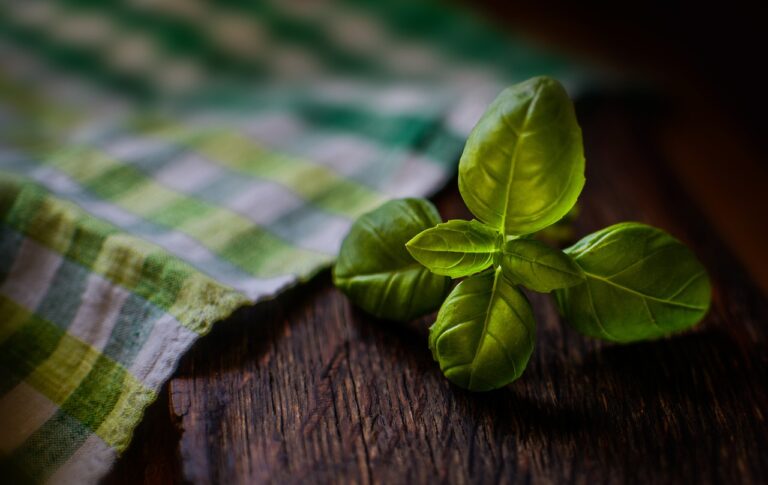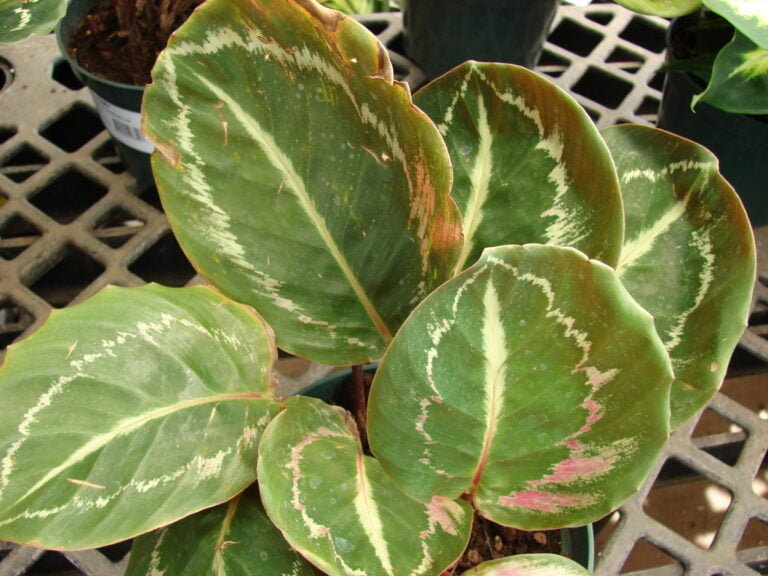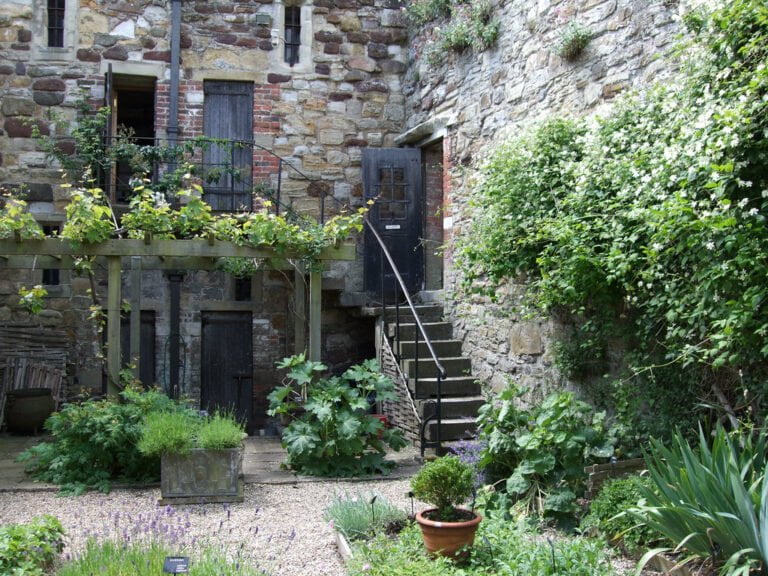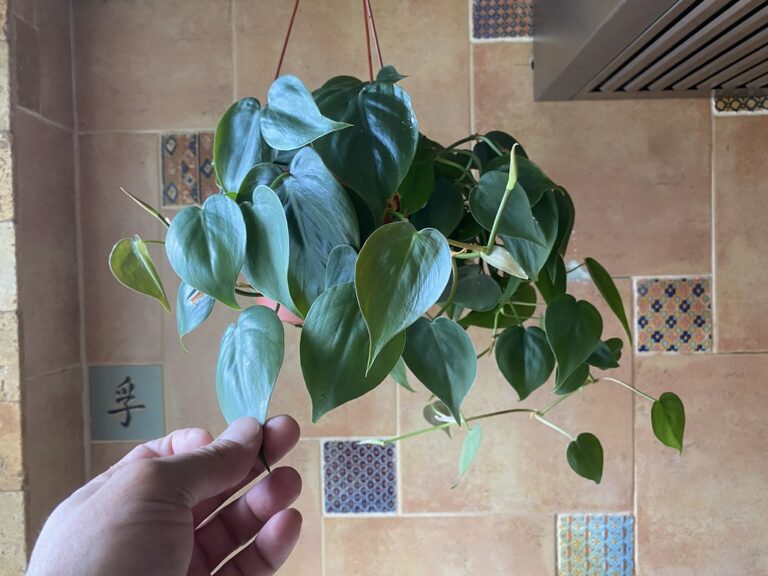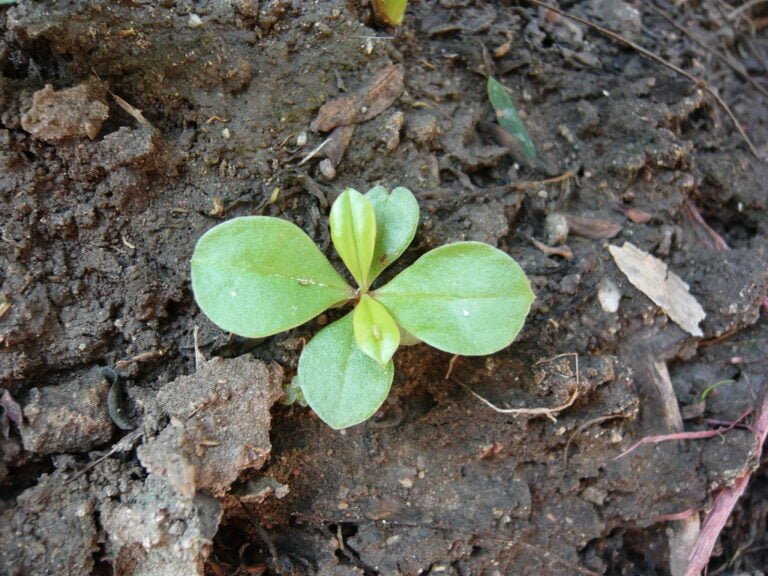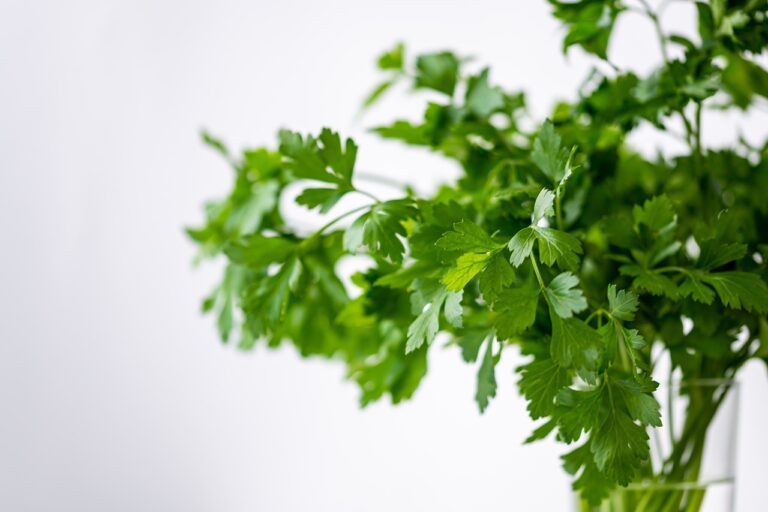Understanding Sage Companion Plants: A Comprehensive Guide
Are you ready to take your gardening to the next level? In this comprehensive guide, we'll help you understand the benefits of sage companion plants and how to choose the right ones. Discover how planting sage companion plants together can improve pest control, increase yield, and promote soil health. Not only will these plants serve your garden, but they'll also add aesthetic beauty. Avoid common mistakes and become a sage companion planting expert with our practical advice.
Benefits of Sage Companion Plants
One of the primary benefits of sage companion plants is that they help deter pests naturally. When you plant sage alongside other crops in your garden, it acts as a natural repellent for insects and pests that can damage or destroy your precious plants. Sage emits a strong aroma that acts as a deterrent, keeping pests at bay without the need for harmful chemical pesticides. This not only protects your crops but also promotes a healthier and more sustainable gardening practice. By using sage companion plants, you are not only serving yourself by ensuring a bountiful harvest but also serving others by contributing to a safer and more environmentally friendly approach to gardening. So, why not harness the power of sage and let it work its magic in your garden?
Types of Sage Companion Plants
To successfully incorporate sage companion plants into your garden, it is important to understand the various types that work well alongside sage. The right companions can enhance the growth and flavor of your sage while also helping to deter pests and improve soil fertility. One type of sage companion plant is the aromatic herbs, such as thyme and rosemary, which not only complement sage's flavor but also repel pests like aphids and cabbage worms. Another type is the flowering plants like marigolds and calendula, which attract beneficial insects like bees and butterflies, promoting pollination and a healthy ecosystem. Additionally, legumes like beans and peas can be great companions as they fix nitrogen in the soil, providing essential nutrients for sage's growth. By choosing the right types of sage companion plants, you can create a thriving garden that serves both your culinary needs and the needs of nature.
Choosing the Right Sage Companion Plants
When selecting sage companion plants, consider their compatibility and benefits for your garden. Choosing the right companions for your sage plants can greatly enhance their growth and overall health. One important factor to consider is the type of sage you are growing, as different varieties have different needs. For example, if you are growing culinary sage, it pairs well with other herbs such as rosemary, thyme, and oregano. These herbs not only provide a beautiful visual contrast but also attract beneficial insects that help control pests. Additionally, planting sage alongside vegetables like tomatoes and cabbage can help repel pests and improve the flavor of these crops. By carefully selecting sage companion plants, you can create a harmonious and thriving garden that serves both your culinary and aesthetic desires.
Planting Sage Companion Plants Together
For successful planting of sage companion plants together, focus on their compatibility and the benefits they bring to your garden. By choosing the right plants to grow alongside your sage, you can create a harmonious and thriving ecosystem in your garden. One of the key considerations is the growth habits and requirements of each plant. For example, planting sage with other drought-tolerant herbs like thyme and lavender ensures that they can thrive in similar conditions and conserve water. Additionally, companion plants like marigold and yarrow can attract beneficial insects that help control pests and promote pollination. Remember to also consider the spacing requirements of each plant to avoid overcrowding and competition for resources. By carefully selecting and planting sage companion plants, you can enhance the health and productivity of your garden while enjoying a beautiful and diverse landscape.
Sage Companion Plants for Pest Control
Plant sage companion plants for pest control by choosing varieties that naturally repel insects and deter pests from your garden. When it comes to keeping those pesky pests away, sage has got your back! Sage companion plants, such as marigolds and petunias, not only add beauty to your garden but also serve as natural pest repellents. Marigolds emit a strong scent that repels aphids, nematodes, and other harmful insects. Petunias, on the other hand, attract beneficial insects like ladybugs and lacewings, which prey on garden pests. By strategically planting these sage companions around your sage plants, you can create a natural barrier against pests, reducing the need for harmful pesticides. So, why not harness the power of sage companion plants to protect your garden and serve Mother Nature at the same time?
Sage Companion Plants for Improved Flavor
Enhance the flavor of your sage by pairing it with complementary companion plants. By strategically planting certain herbs and vegetables alongside your sage, you can create a harmonious blend of flavors that will elevate your culinary creations to new heights. One excellent companion for sage is thyme. The earthy and slightly minty flavor of thyme complements the savory and aromatic qualities of sage, resulting in a more well-rounded and complex taste. Another great option is rosemary, with its bold and pungent flavor that pairs perfectly with sage's herbaceous and slightly bitter notes. Additionally, parsley and sage are a match made in herb heaven, as the fresh and bright flavor of parsley balances out the richness of sage. So, why settle for ordinary when you can delight your taste buds with the perfect combination of sage and its companion plants? Get creative, experiment, and savor the incredible flavors that await you. Happy cooking!
Sage Companion Plants for Increased Yield
To increase the yield of your sage plants, consider incorporating companion plants that work synergistically with sage's growth and overall health. By carefully selecting companion plants, you can create an environment that maximizes the productivity of your sage plants. One excellent companion plant for sage is thyme. Thyme attracts beneficial insects like bees and butterflies, which can help with pollination and increase the yield of your sage. Another great option is marjoram. Marjoram has similar growth requirements as sage and can help improve soil fertility, leading to healthier and more abundant sage plants. Additionally, planting sage alongside rosemary can provide a natural deterrent against pests that may harm your sage plants. By strategically choosing companion plants, you can create a thriving garden that yields an abundance of aromatic and flavorful sage.
Sage Companion Plants for Soil Health
One way to improve the soil health of your sage plants is by selecting suitable companion plants that work synergistically with sage's growth and overall well-being. When it comes to soil health, certain companion plants can help enhance the fertility and structure of the soil, providing an optimal environment for your sage to thrive. Legumes like clover and beans are excellent choices as they have the ability to fix nitrogen in the soil, enriching it with this essential nutrient. Additionally, plants like yarrow and comfrey can act as dynamic accumulators, drawing up nutrients from deep within the soil and making them available to the surrounding plants, including sage. By incorporating these companion plants into your garden, you can create a balanced and nutrient-rich soil ecosystem that will support the health and vitality of your sage plants.
Sage Companion Plants for Aesthetics
Consider incorporating visually appealing companion plants to enhance the aesthetics of your sage garden. The beauty of your garden is not only a reflection of your personal style, but it also creates a welcoming and harmonious environment for all who visit. To achieve this, choose companion plants that complement the vibrant colors and textures of your sage. Delicate flowers like lavender or chamomile can add a touch of elegance, while bold and showy blooms like marigolds or sunflowers can create a vibrant focal point. Don't forget about foliage! Plants with interesting leaves like rosemary or thyme can add depth and variety to your garden. By carefully selecting companion plants that enhance the visual appeal of your sage, you can create a breathtaking oasis that will leave a lasting impression on all who see it.
Common Mistakes With Sage Companion Plants
When choosing companion plants for your sage garden, it is important to be aware of common mistakes that can hinder their growth and overall compatibility. One common mistake is selecting plants that have different soil and water requirements than sage. Sage prefers well-drained soil and minimal watering, so it's crucial to choose plants that have similar needs. Another mistake is overcrowding the garden. Giving enough space for each plant to grow ensures they receive adequate sunlight and airflow, reducing the risk of diseases and pests. Additionally, neglecting to consider the height and spread of companion plants can lead to overshadowing and competition for resources. Lastly, forgetting to rotate the locations of companion plants each year can deplete the soil of nutrients and make it more susceptible to diseases. By avoiding these common mistakes, you can create a thriving sage garden that benefits both you and your companion plants.
Conclusion
In conclusion, understanding sage companion plants is essential for any gardener looking to maximize the benefits of their sage plants. By choosing the right companion plants, you can enhance pest control, increase yield, improve soil health, and create a visually appealing garden. Avoid common mistakes and take advantage of the wealth of benefits that sage companion plants offer. With a little knowledge and careful planning, you can create a thriving and beautiful garden filled with sage and its compatible companions. Happy gardening!

